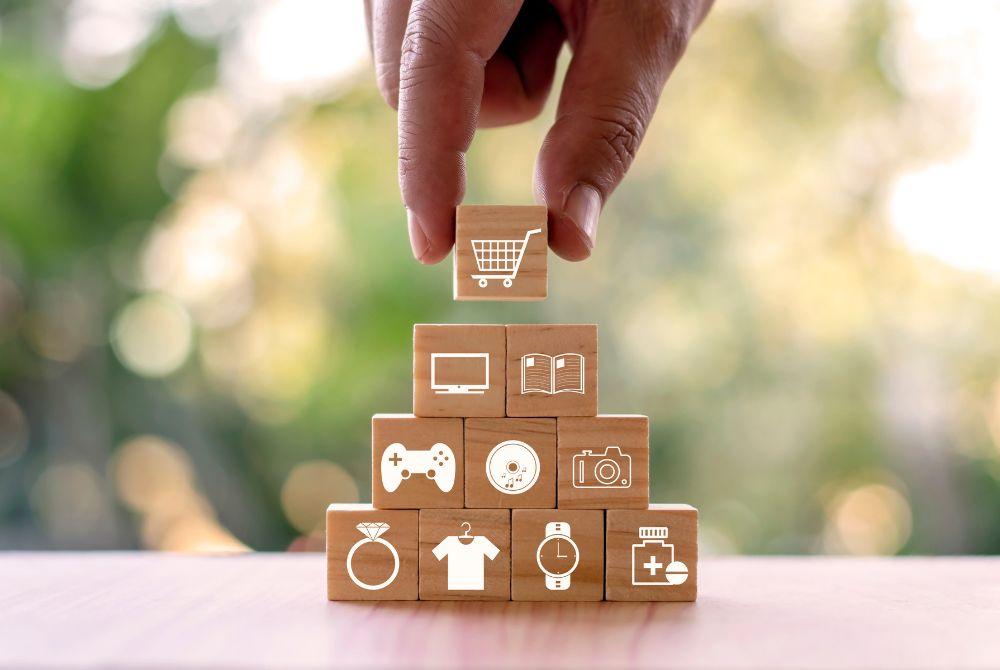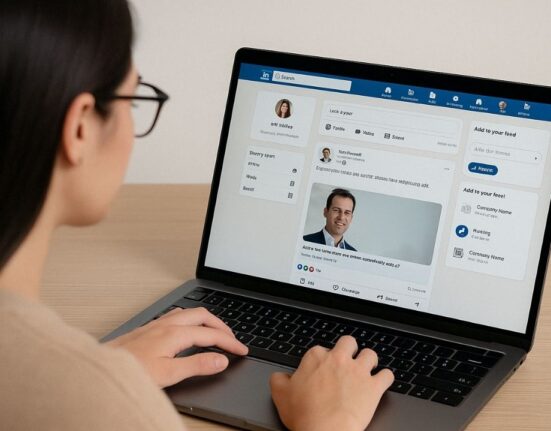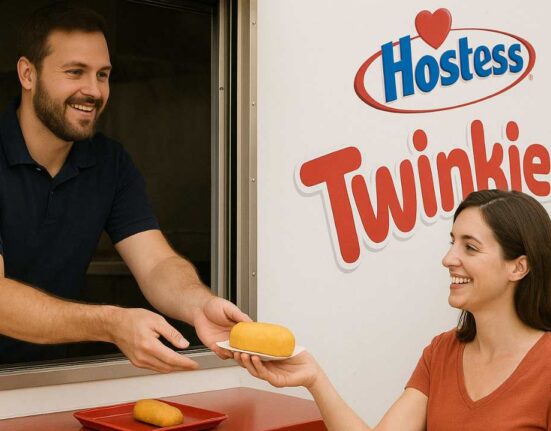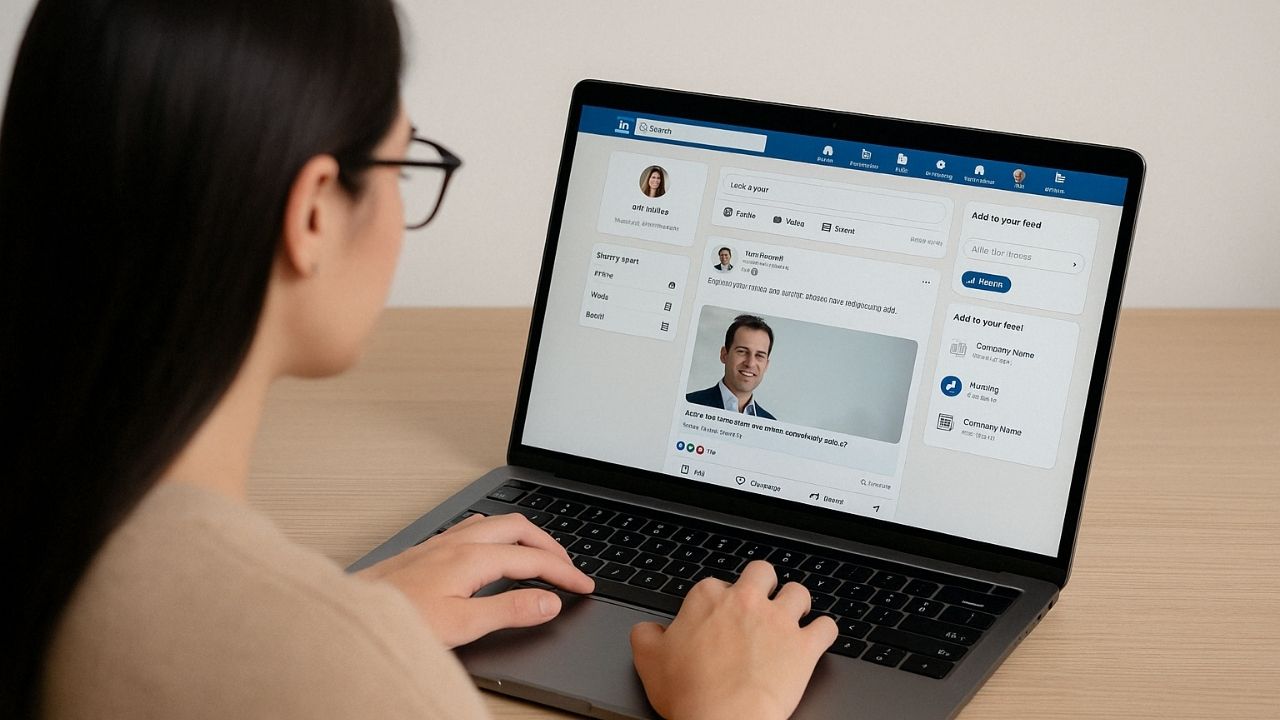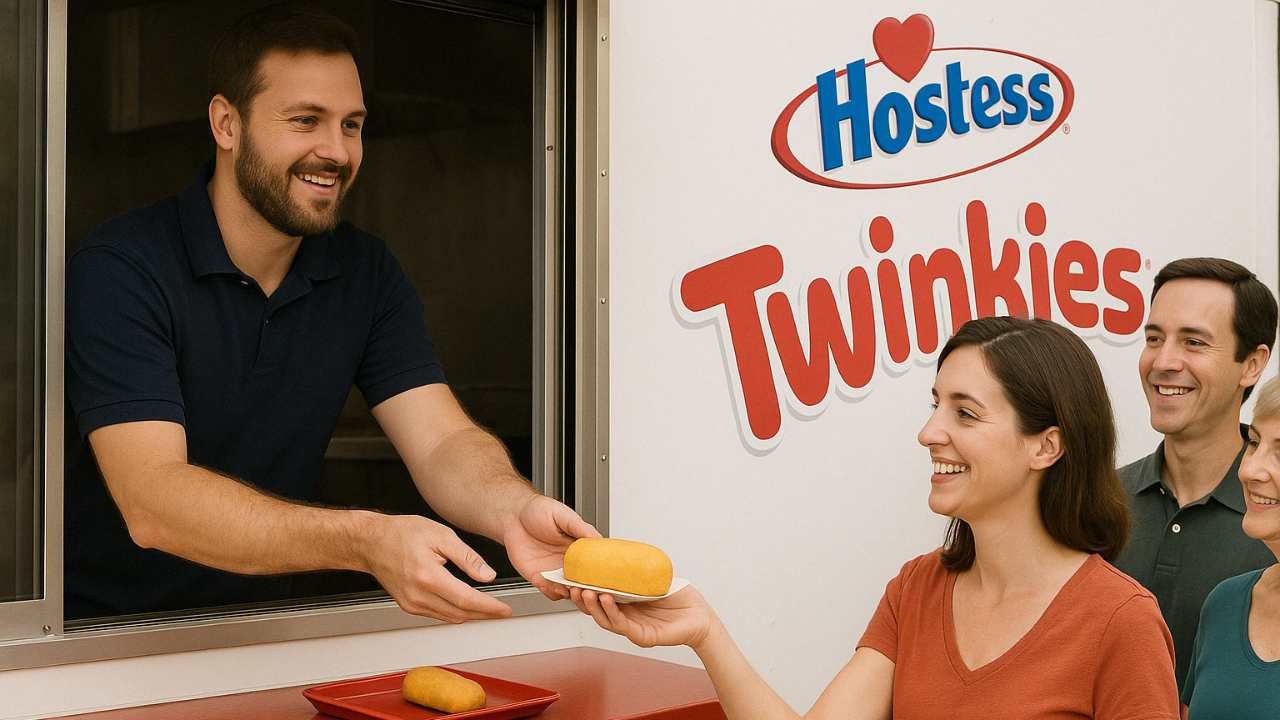Consumer behavior models help marketers and business owners understand why, when, and how consumers buy.
Picking a strategy goes beyond just understanding market trends. That’s why most marketers study consumer behavior to understand their target customers and how they influence and adapt to market trends. Knowing this can help businesses make predictions on which customer base best fits their product and how best to target them.
In this post, we will explore the most popular consumer behavior models, how they can help you deeply understand your customers, and how each model can help you create a personalized experience for them.
Read: 7 Small Business Marketing Trends to Watch Out For 2024
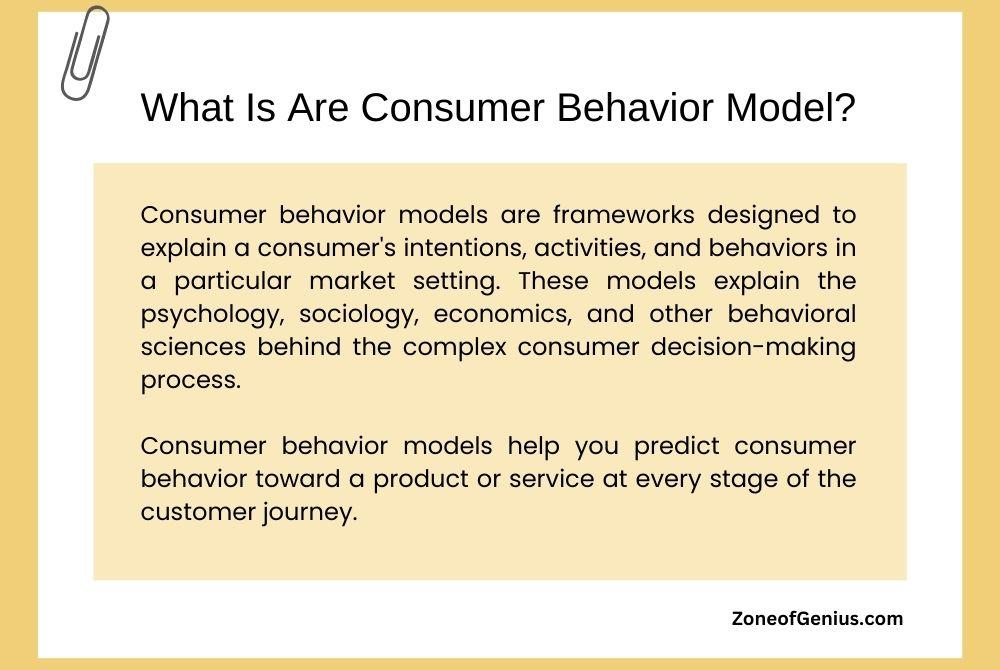
Consumer Behavior Models Business Owners Should Know
When it comes to consumer behavior models, there are two major groups to consider: traditional and contemporary. We have more consumer behaviors under these two groups.
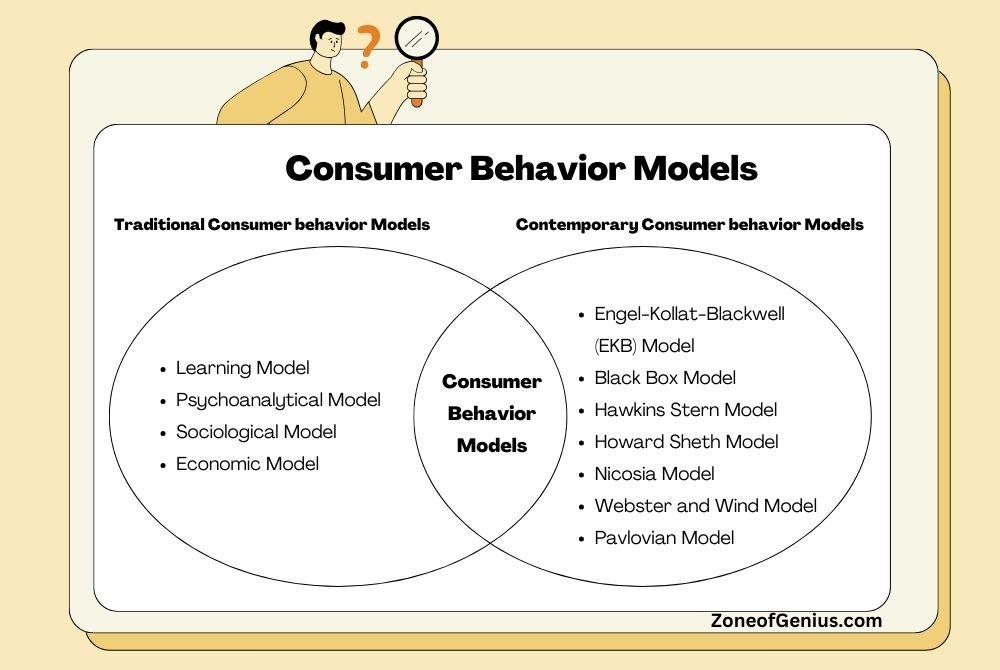
1. Learning Model
The learning model is influenced by psychologist Abraham Maslow’s Hierarchy of Needs. It dwells on the theory that consumers make purchases in response to satisfying their basic needs.
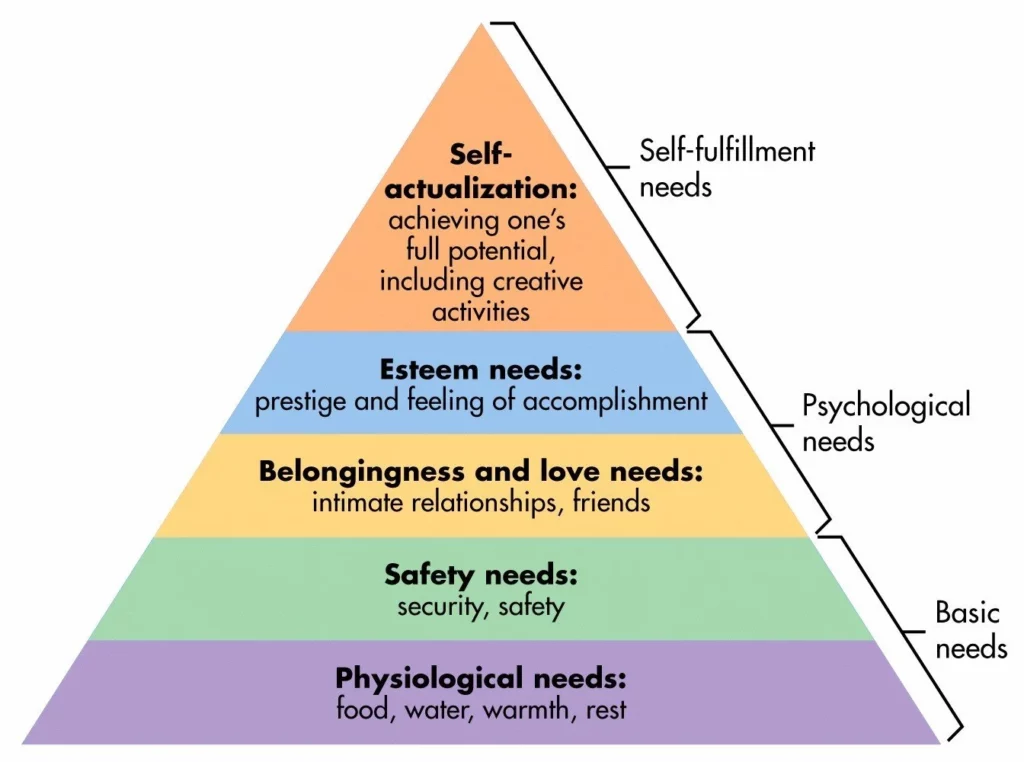
For example, many buyers consider their basic needs (almost thoughtlessly) when making purchases. According to Maslow’s theory, these needs include those needed for survival, such as food, shelter, breathing, clothing, and sleep.
This means that consumers will focus more on products that aid their survival and comfort before considering other types of products.
2. Psychoanalytical Model
Freudian psychology heavily influenced this model. His theory suggests that consumers have conscious and unconscious desires that drive them to make purchases. Marketers often tap into these subconscious desires through advertising that appeals to consumers’ deep-seated emotions or fundamental needs.
For example, luxury car brands like Mercedes-Benz and Rolex watches utilize the psychoanalytical model by targeting your desire for status and prestige. Their marketing campaigns often highlight the exclusivity and elitism associated with their products. Hence, they appeal directly to the ego’s want for recognition and superiority. This model subtly allows you to influence your customers’ purchasing decisions, aligning your brand with their values and aspirations.
3. Sociological Model
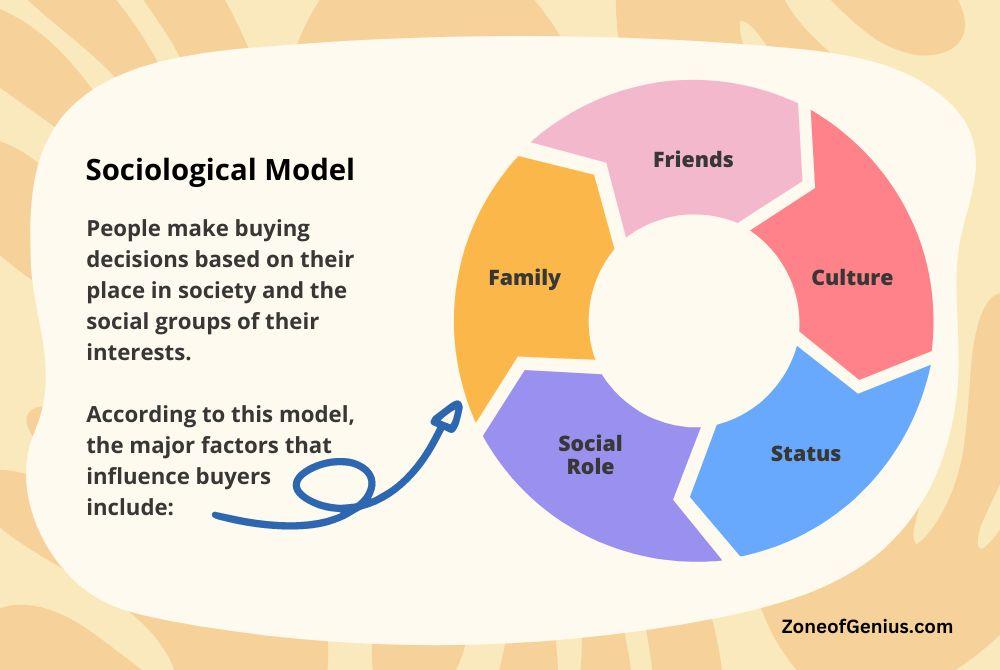
This model suggests that individuals make buying decisions based on their place in society and the social groups of their interests. It focuses on the cultural, social, and personal influences that shape consumer behavior.
The most common influences are family, social roles, status, reference groups, and culture. Individuals may adopt the behaviors and attitudes of the reference groups they aspire to or identify with.
For instance, the influence of family on consumer purchasing decisions. A child may prefer a specific brand of cereal over another, not because of personal taste, but because it’s the brand their family traditionally buys and trusts. This showcases how familial ties and traditions can significantly shape consumer choices, even from a young age.
4. Economic Model
The economic model suggests that consumers like to make the most of their resources. According to this model, consumers weigh a product’s benefits against its costs before purchasing it. However, it’s essential to note that consumer behavior often deviates from purely rational economic decisions due to time constraints, information limitations, and emotional influences.
For example, when considering the purchase of a new smartphone, a consumer will evaluate the benefits of having the latest technology against the cost of the phone. They might also compare different brands and models to ensure they get the best features for the lowest price. This decision-making process reflects the consumer’s effort to achieve maximum satisfaction (utility) within their budget constraints.
Your marketing strategy can hit on the price against the benefit of your product in your marketing campaign, especially if you have more to offer. This may appeal to consumers who have the idea of getting more for less.
Contemporary Consumer Behavior Model
While traditional models focus more on the influence of emotions and unconscious desires on purchases, contemporary models focus on the deliberate decision-making process during purchasing. This approach reflects the complexities of modern consumer behavior.
Let’s look at some contemporary models and how they reflect consumer behavior.
1. Engel-Kollat-Blackwell (EKB) Model
The EKB model is a comprehensive framework that highlights the joint influence of internal and external factors on consumer decision-making. It details the decision process into five stages:
- Problem recognition
- Information search
- Evaluation of alternatives
- The act of purchase
- Post-purchase behavior
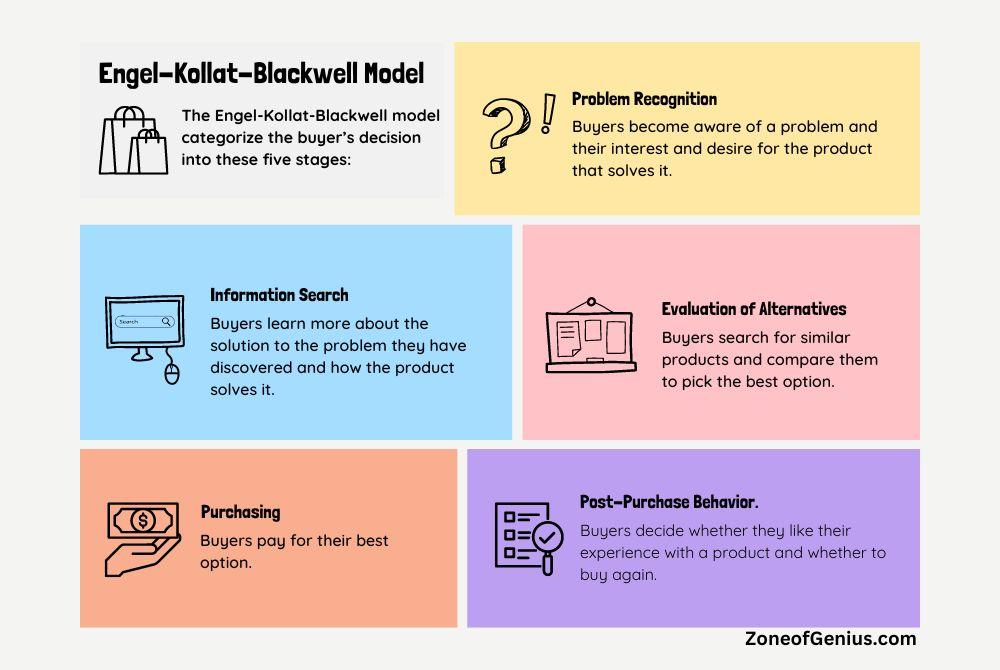
In the problem identification stage, the consumer is aware that they need a product to solve a problem they have. They are aware of their interest and desire for the product. This awareness stage is usually initiated by an advert.
After learning about the product, consumers learn more about how it can solve their needs. This is followed by the evaluation stage, where consumers compare the product they’ve seen with other similar products in search of better options.
Two things happen during the process of making a purchase decision. The consumer may change their mind if they believe that the product might not be what they need. Or, the consumer may decide to buy the best option after their research.
Finally, post-purchase behavior is a very important stage for a business as it determines whether or not the consumer will be a repeat customer of that brand. During this stage, the consumer revisits their decision based on their experience with the product.
A negative experience or dissatisfaction will result in a return and avoidance of that brand. However, a positive result would result in a repurchase, word-of-mouth recommendations, and good reviews.
For example, you decide to buy a new smartphone. Initially, you recognize the need for a newer model due to your current phone’s declining battery life (problem recognition), leading you to research the latest smartphones online and seek recommendations (information search).
After comparing features and prices (evaluation of alternatives), you purchase the chosen smartphone (the act of purchase) and review it online, influencing future buyers (post-purchase behavior).
2. Black Box Model
This model, also known as the Stimulus-Response (S-R) Model, focuses on how consumers are influenced by external and internal stimuli when making a purchase decision.
Here’s how it works. Let’s say your customer comes in contact with any of your marketing mix or campaign (the external stimuli, e.g., product, advertisement, etc). They process this information in their minds (the black box) and then relate your marketing mix to their beliefs, desires, or values (the internal factors) to make a buying decision. So, it is a combination of external factors like your marketing efforts and the consumers’ perspective based on their experience.
Here’s a more relatable example. Imagine you are seeing an advertisement for a new smartphone (stimulus) and processing this information based on past experiences and perceptions. This internal evaluation may lead to a positive attitude towards the phone, encased in the “black box” of cognitive processing, influencing the decision to purchase (response). Therefore, the ad’s effectiveness connects to how well it resonates with your internal mental and emotional state.
3. Hawkins Stern Model
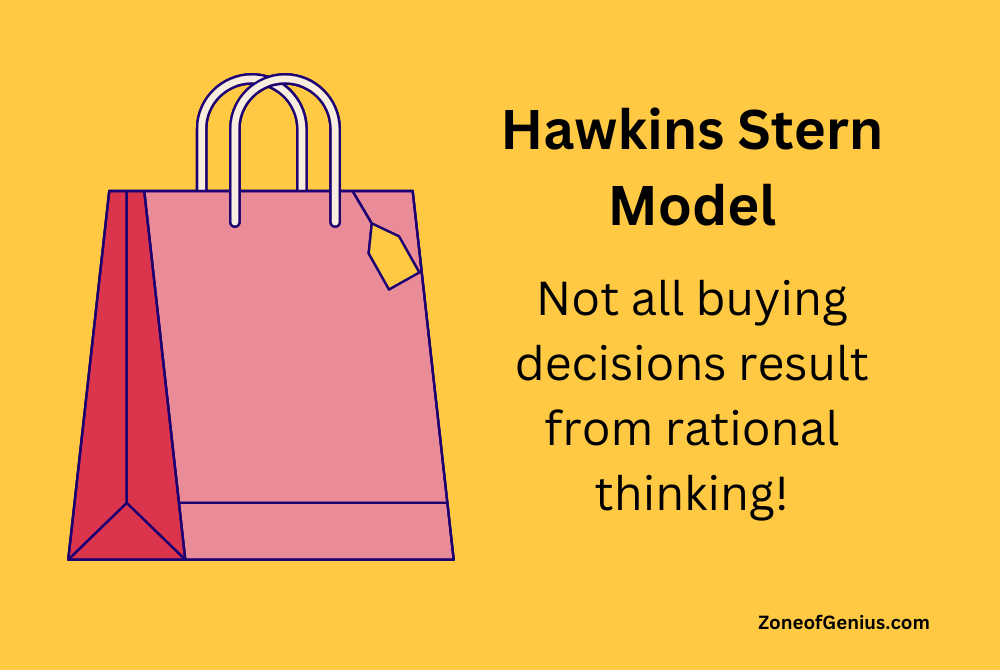
The Hawkins-Stern model suggests that buying decisions are not always a result of rational thinking. The model focuses on impulse purchases. Hawkins Stern divided these impulse purchases into four:
- Escape purchase:
- Reminder purchase
- Suggested purchase
- Planned purchase
If you’ve ever picked up anything off the counter or shelf that is not on your shopping list, you have experienced the escape purchase. It happens when consumers get drawn to a product’s packaging and pick it up without much thought.
Reminder purchase occurs when a consumer sees a product, promotional offer, or reminder slyer strategically placed by store owners.
Have you ever received a persuasive recommendation from a sales representative online or in-store? We are talking about a product you didn’t know about and certainly didn’t plan to buy. That’s what the suggested purchase is all about.
Finally, what Hawkins Stern refers to as planned purchases is when a consumer has a product in mind but will only make a purchase when there are special offers like a lower price.
4. Howard Sheth Model
The Howard-Sheth model expands on the EKB model, suggesting that the consumer buying decision process is quite rational.
The model insists that in the consumer journey, the buyer is interested in solving their problem. Therefore, they seek to learn more about their options.
The Howard Sheth model suggests that there are three levels of decision-making:
- Extensive problem-solving
- Limited problem-solving
- Routine response behavior
In the extensive problem-solving stage, consumers have no idea about the brand or product they are looking for. However, they have a problem they want to solve, so they do thorough research to find a suitable product.
In the limited problem-solving stage, consumers become familiar with the products and brands. However, they gather more information to compare their choices.
Finally, consumers in the routine response behavior stage are aware of their choices and know which brands they prefer. Therefore, they know which product and brand to buy from every time. They do not need more research.
Does any of these stages sound familiar to you? If you’ve read reviews and watched videos that compare similar brands and products, or maybe you stick to a brand or product every time without giving it a thought, chances are that your target customers are also the same.
5. Nicosia Model
The Nicosia model focuses on the business’s ability to create the external stimulus (marketing mix) that motivates the consumer to take action.
Nicosia model gives the lead to the business, unlike other models that focus on the consumer. However, the downside of this model is that sometimes, even the most attractive-looking packaging, the best product, or a compelling marketing campaign may fail to win over the internal forces and influences of the consumer.
The model describes the business-consumer interaction in four fields:
- The business input
- The consumer perception
- The learning field
- The feedback field
The business input field consists of your brand messaging and marketing mix. This is followed by your customer’s perception of your marketing mix, which is also influenced by some internal factors.
Your customers then move to the learning field, where they research your product and compare it to other brands. After that, they make a purchase decision to either buy from you or your competition. Finally, in the feedback field, your brand or business can decide to either continue with your marketing mix or change strategy depending on the feedback you get from your customers. On the other hand, the consumer will make a decision based on their experience on whether to purchase your product again or buy from another brand.
6. Webster and Wind Model
The Webster and Wind Model focuses on organizations and brands and how they make a purchase decision. In other words, it’s all about B2B interactions.
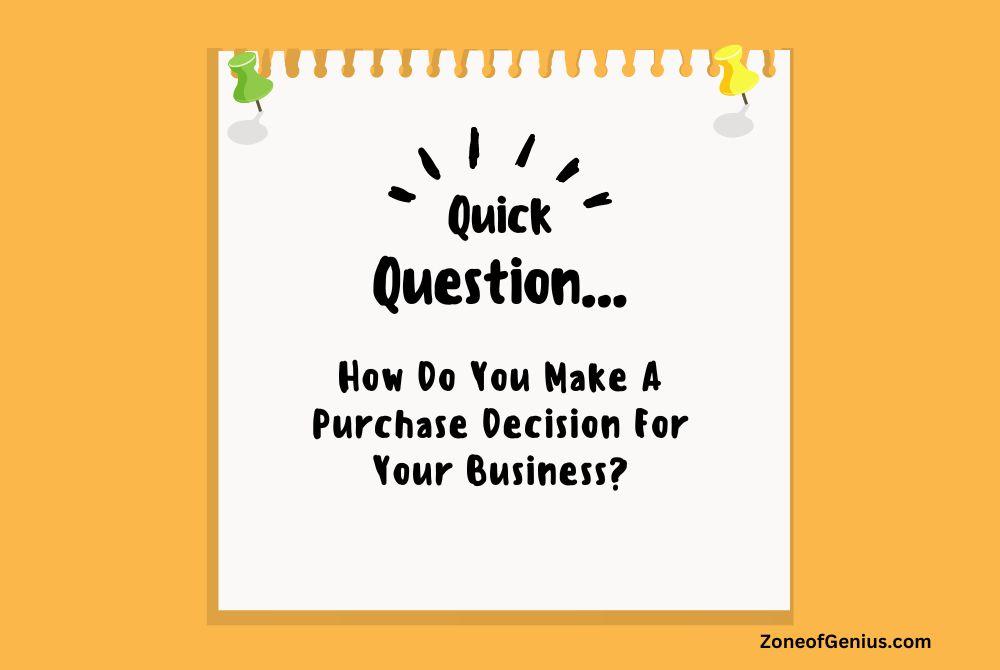
According to this model, organizations make buying decisions based on the following factors:
- Organization factors
- Environmental factors
- Buying center factors
- Individual factors
Organizational factors are internal factors that influence a business’s buying decisions. These factors include the business goals, limitations, objectives, and evaluation process.
Environmental factors include external factors that influence the organization’s buying decisions. These external factors may consist of consumer preferences, consumer demands, politics, economic conditions, technological factors, organizational culture, competition, supply, and cost of production, among many others.
As a business owner, have any of these factors influenced your buying decisions?
The Buying center factors are seen in bigger organizations with many stakeholders. In small businesses, this factor falls heavily on the business owner. After much deliberation, someone makes the final purchase call—a stakeholder or executive who signs the “go ahead” documents for that business to make that purchase. It takes note of those who influence the final buying decision in the organization.
Individual factors can’t be overlooked because, just like your consumers, individuals, stakeholders, executives, and business owners are still influenced by many external and internal factors. These factors include demographic, psychological, and educational influences on the individuals who make the buying decisions in the organization, as well as their beliefs, values, experience, goals, and desires.
7. Pavlovian Model
Are you familiar with a study in which dogs were given meat after ringing a bell? Over time, the dogs salivated at the sound of the bell, even in the absence of the meat. That’s the famous study of Russian Physiologist Ivan Pavlov.
The study focuses on the influence of a continuous stimulus (the bell) on the dogs and the unconditioned stimulus (the meat).
This model is associated with Pavlov’s study. In this case, consumers may respond to three main factors: the drive, triggering cues, and reinforcement.
The drive to make a purchase is seen as an internal stimulus (the consumer’s motive) for the consumer to take action. The drive could also arise from basic needs for survival, such as hunger, thirst, pain, shelter, etc.
The triggering cues are mainly on the brand. These include the packaging, style, color, or price of their product. It could also be the marketing mix, advertisement, sales promotion, offers, reviews, suggestions by sales representatives, or anything that provides information to the consumer.
The consumer response to triggering cues will be to buy or move on to another product or brand.
The reinforcements depend on how satisfied the consumer is with the product. A satisfied consumer may then purchase from you again or tell those in their social network about your product.
Like the scientists in the study, Pavlov’s analysis shows that businesses and marketers can influence how consumers see and respond to their brands and products. Marketers create these associations through branding elements, influencing consumer behaviors without explicit rational thought.
A practical example is a consumer’s response to a brand’s logo (unconditioned stimulus) after an excellent product promotion (the ringing bell).
Conclusion
Consumer behavior models give business owners, entrepreneurs, and marketers a peek into customer intentions and actions.
As a business owner, you can use these theories to understand your customers better and create a more compelling marketing strategy to reach them amidst the various factors that may influence your consumers. Studying these models also gives you a clue as to what might be wrong with your previous strategies.
Finally, it is essential to note that although these models explain consumers’ intentions and decision patterns, it’s best not to rely on them alone. This is because no single model can completely predict a consumer, but it can help your campaign.
For this reason, you can combine multiple models, study market trends, study analytics, and make the right marketing call that suits your business and your target customers.
Read: Your Mindset Is Everything: Small Business Growth Strategies
Frequently Asked Questions
Consumer behavior models help marketers understand the decision-making process of their target audience. This insight allows for more targeted and effective marketing strategies to address consumer needs and preferences better.
Not all models will equally apply to every type of product or service. The choice of model depends on the nature of the product, the buying behavior of the target market, and the decision-making process involved.
Yes, combining multiple models is often beneficial to gain a more holistic understanding of consumer behavior. Different models can provide insights into various aspects of the buying process.
Companies can keep up with changes in consumer behavior by continually conducting market research, listening to customer feedback, monitoring trends in social media and online forums, and staying updated with advancements in consumer behavior models.
The Pavlovian Model is effective because it leverages the power of associations and emotions. By linking positive emotions with a brand through repeated exposure to certain stimuli, companies can influence consumer preferences and buying decisions on a subconscious level.

